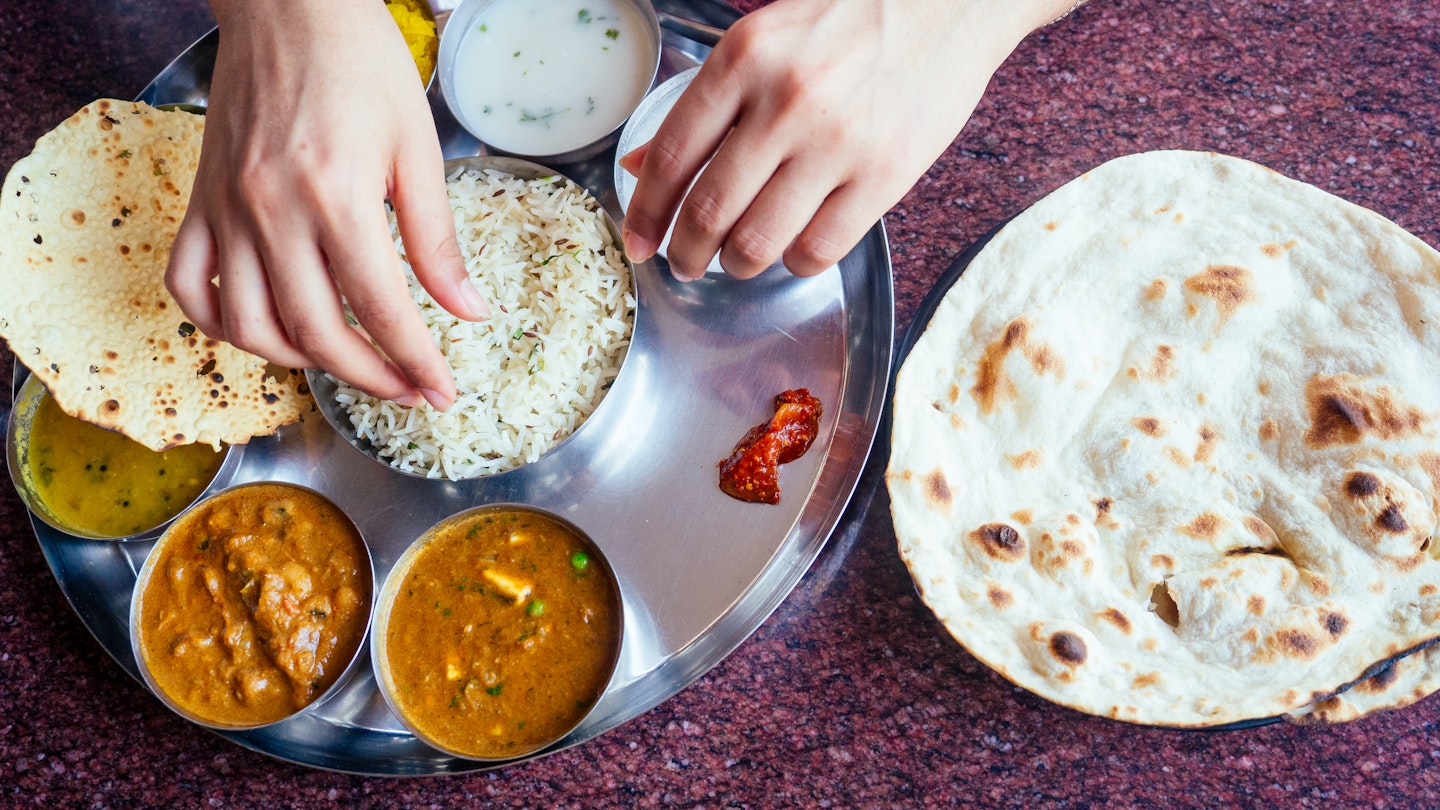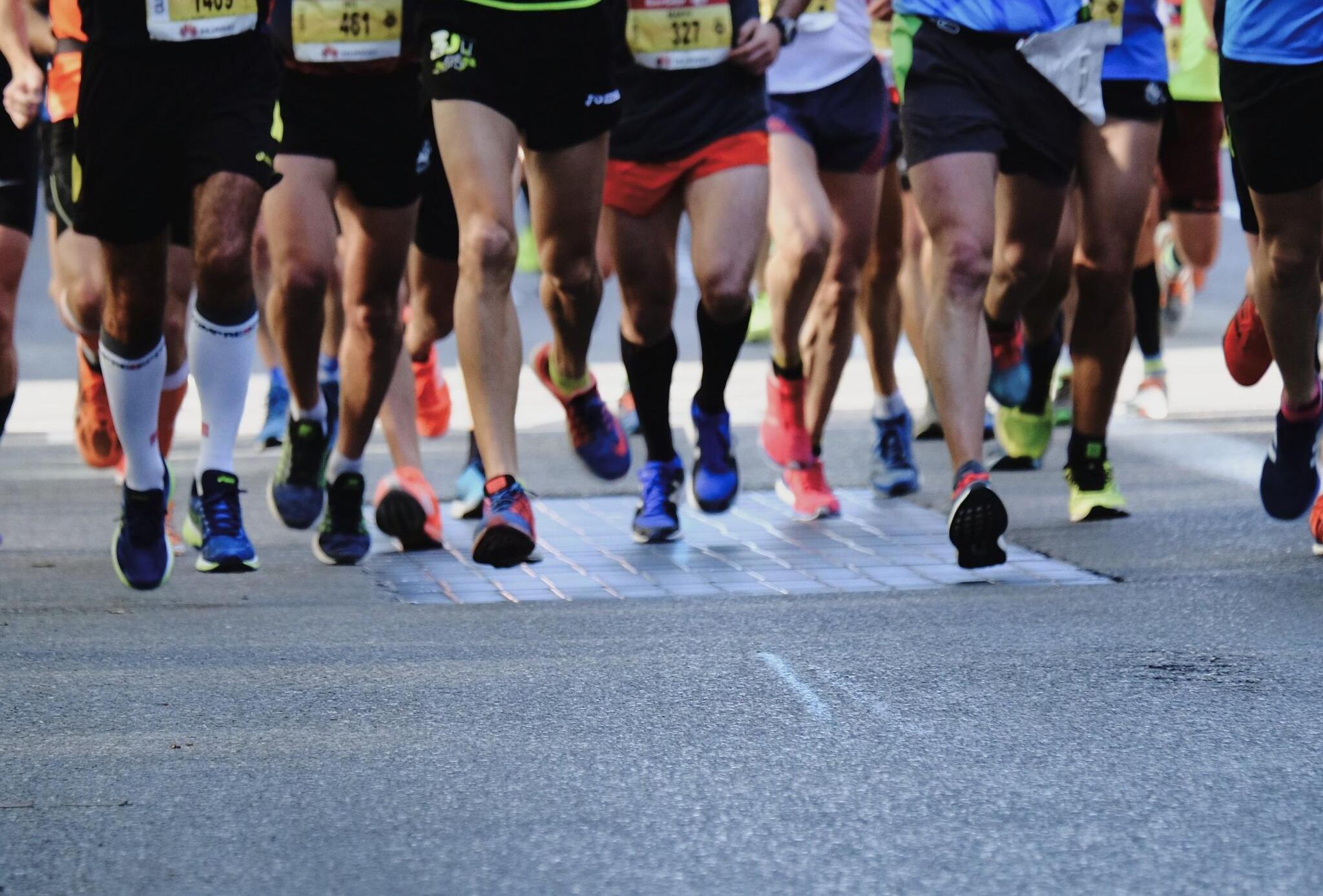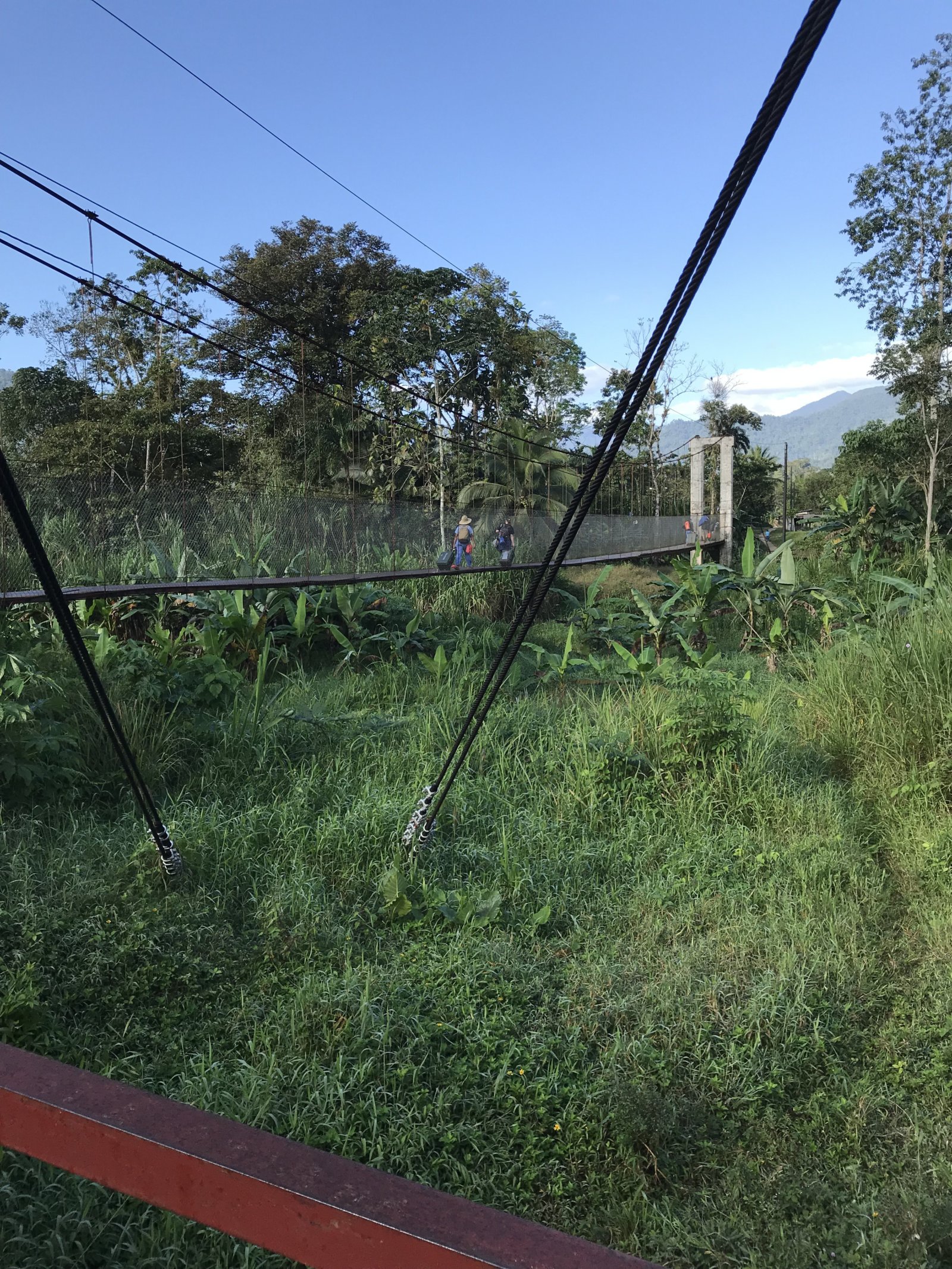Discover India’s Culinary Delights with GoTravelDaily
The food of India is one of the world’s greatest gastronomic delights. Few other places offer such an astonishing diversity of dishes and foodie experiences—in a country where every meal is a feast, eating is always a top activity.
India’s food fame is largely thanks to its lavish palette of spices, which helped build the nation’s fortunes back in the days when strong flavorings were worth as much as gold by weight. India is home to peppercorns, cardamom, turmeric, and cinnamon, and many Asian cuisines partly owe their existence to India’s seasoning expertise.
Indian cooking is not a singular cuisine but a multitude, drawing on the myriad cultures, customs, and microclimates of this vast and varied nation. What is commonly known as “curry” is actually thousands of different dishes, grouped under one umbrella name, derived from the Tamil word kari, meaning “spiced sauce.” Many treats are associated with religious events, so be sure to keep an eye on the festival calendar.
Enjoy All-You-Can-Eat Rice with Almost Every Meal
Rice, the national food of India, especially in the South, is often served in thalis—plate meals with multiple sauces. You usually have a choice of rice or various kinds of flatbreads. This serving of starch is often unlimited, with servers frequently offering top-ups of sauces.
The predominant rice is white—often the famous basmati rice that is exported around the world—but regional variations exist, like Assam’s sticky rice or the red rice of Kerala. Commonly, rice is boiled, but it can also be prepared as pulao (spiced with vegetables) or biryani (steam-cooked with spiced meat using the dum puhkt method).
Break Bread the Indian Way
While rice reigns in the south, wheat-based flatbreads are favored in the north. Roti is a general term for Indian-style bread, often used interchangeably with chapati. Chapati is an unleavened disc made from whole wheat flour and cooked on a tawa (hotplate).
A more indulgent option is the paratha, a layered, buttery, pan-fried flatbread, which can also be stuffed for a hearty breakfast. Another popular option is puri, puffy fried-bread pillows served as a sauce sponge with various sabzi (vegetable) dishes.
Indian Food is Dhal-icious!
The entirety of India shares a love for dhal (curried lentils or pulses). With over 60 varieties stewed into various spicy concoctions, these dishes range from thin and soup-like to dense and filling. Common lentils include channa (chickpeas) and urad (black gram).
Savor the Meaty Flavors of Mughlai Cuisine
The Mughal Empire’s influence on northern India’s cuisine is profound, with many celebrated meat dishes having their origins in the rich food culture of the Mughal courts. Traditional dishes include butter chicken, which features a creamy tomato sauce enriched with ghee, and various kebabs renowned for their flavorful spice blends.
Curds, Milk, Ghee, and Chhena: The Dairy of India
Milk and its by-products are integral to Indian cuisine. Dahi (curd) is frequently served alongside meals, complementing the spiciness of dishes. Lassi, a thick yogurt drink, can be found in various flavors, often enjoyed for its cooling properties.
Indian Pickles, Chutneys, and Chaat
Every meal is enhanced with pickles and chaat, a savory snack made from various ingredients, including vegetables and spices. Street food vendors provide a plethora of options to tantalize taste buds with their colorful creations.
Sample Seafood on India’s Coasts
India’s extensive coastline contributes to the prominence of seafood in coastal cuisines, particularly around Kerala and Goa, known for their delicious prawn dishes and spicy fish curries. Fishing communities add even more variety to the culinary landscape.
Desserts That Tingle the Taste Buds
In India, sweets play a special role, especially during festivals. Culturally significant treats include barfi, gulab jamun, and kheer, which are rich in flavor and often made with milk or milk solids.
Enjoy a Traditional South Indian Breakfast
Breakfast classics from South India, including dosas and idli, are beloved across the country. These dishes are typically served with sambar (a spiced lentil broth) and coconut chatni.
Feast on India’s Fabulous Street Food
Street food is a vibrant part of Indian culture, with vendors selling a variety of snacks throughout the day, ranging from kachoris to gol gappa (puffed dough spheres). Exploring street vendors in Old Delhi is highly recommended for an authentic experience.
Share a Tipple with the Locals
Chai is a quintessential part of Indian culture, often enjoyed in a sweet, milky form along with various traditional drinks. While the consumption of alcohol varies across regions, craft breweries and local spirits are gaining popularity in urban areas.
Vegetarians and Vegans Welcome
India is incredibly vegetarian-friendly. Despite common beliefs, meat consumption can be higher in the south, and “pure veg” meals are widely available. For vegans, Indian-Chinese restaurants are often a safe choice as they usually cook with oil rather than ghee.
A Year in Food
Spring (March–May): Cooling foods like kulfi and lime soda are favored during hotter months.
Summer (June–September): The rainy season encourages hearty comfort food, and sweet treats like ghewar become popular.
Fall (October–November): Filling meals like biryani are sought after, especially around Diwali.
Winter (November–February): Warming foods like khichdi and fresh vegetable dishes become staples.
Explore the culinary adventures of India with GoTravelDaily.





